I extended UIView to add a addGradientWithColor() method to get the gradient background:
extension UIView {
func addGradientWithColor() {
let gradient = CAGradientLayer()
gradient.frame = self.bounds
gradient.colors = [gradientEndColor.CGColor, gradientStartColor.CGColor]
gradient.startPoint = CGPointMake(1,0)
gradient.endPoint = CGPointMake(0.2,1)
self.layer.insertSublayer(gradient, atIndex: 0)
} }
My issue is when I run landscape mode, the UIView is not stretched
override func viewDidLayoutSubviews() {
super.viewDidLayoutSubviews()
self.view.addGradientWithColor() }
I tried to calling viewDidLayoutSubviews() but its not working properly

